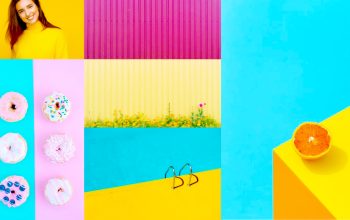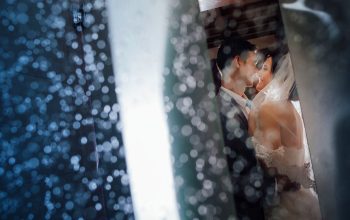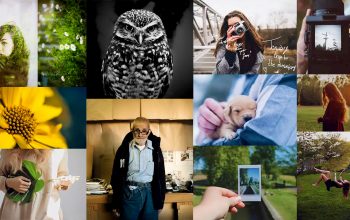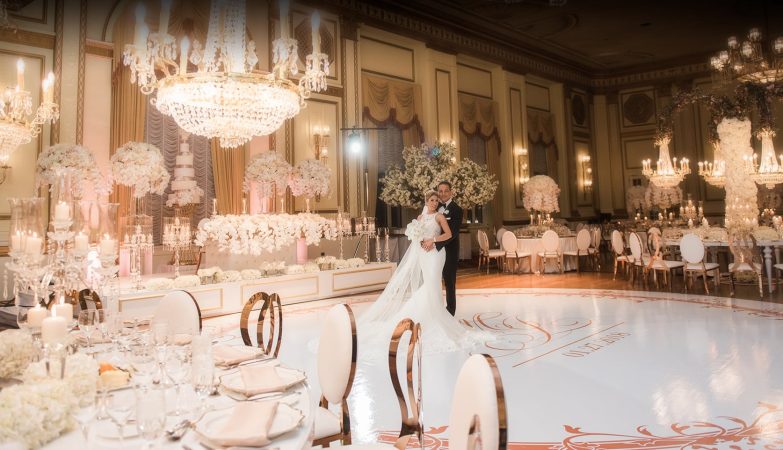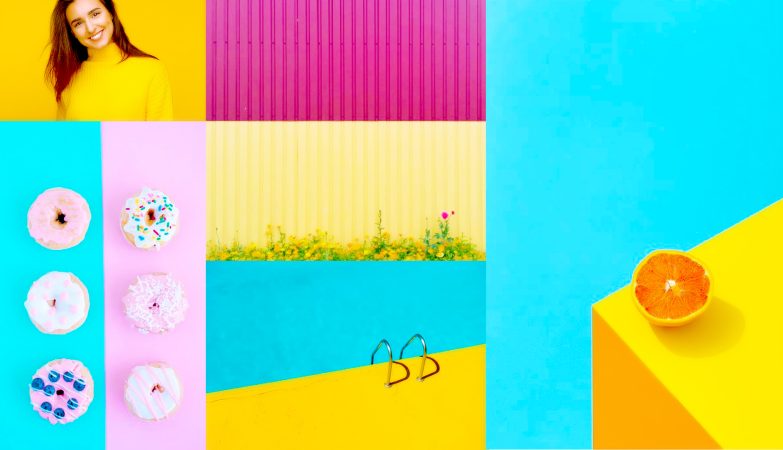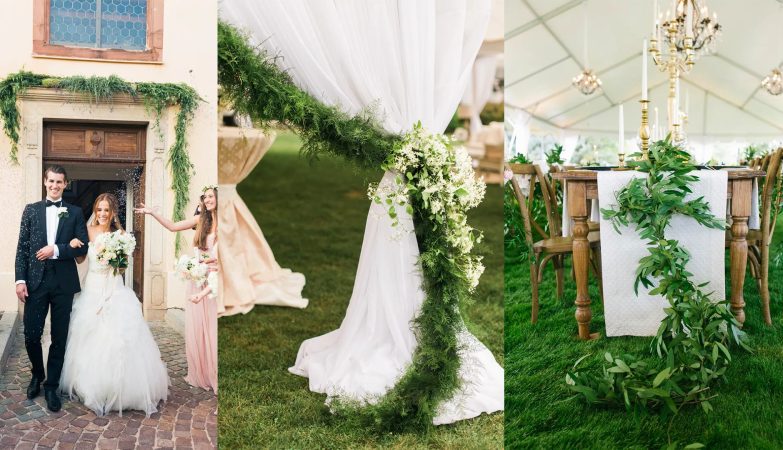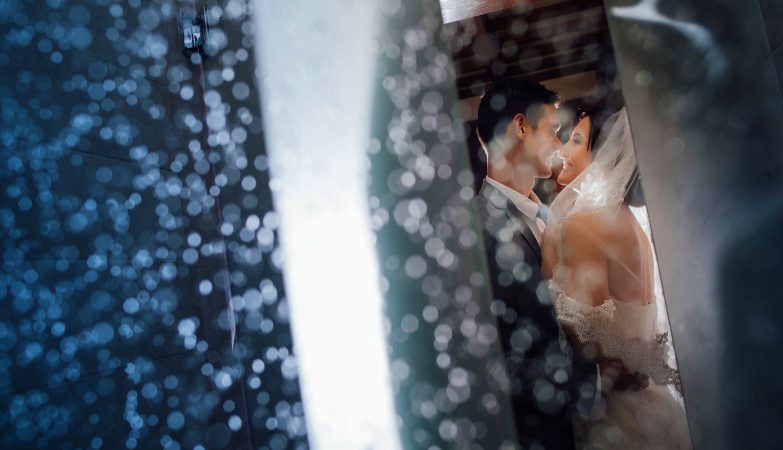
Arguing over the merits of technique vs. the pursuit of creative expression is a potential source of conflict among photographers. When learning how to use a camera, students focus mostly on the technical aspects of doing so. However well-honed your camera skills are, they may still not be enough to ensure a successful shot. Learning the fundamentals of camera operation is a prerequisite before experimenting creatively with photography. When we think of innovation, we tend to think of it as distinct from technique.
In photography circles, debates regarding technique vs. artistic expression may produce friction. Camera technique is heavily emphasised while studying photography. Even when you’ve mastered the camera, creative factors are sometimes overlooked. It is critical to have a balanced approach to photography. Don’t worry about it if you’re satisfied with simply chronicling what’s in front of you. To be creative with your camera, you must first understand how to use it properly. Choosing between camera skill and creative inventiveness requires activating both cerebral hemispheres.
Functions Of The Left And Right Brains

The left hemisphere of our brain is thought to be more scholarly and rational. The right hemisphere is more creative and inventive. Technique and creative inventiveness seem to be slightly separated in our minds.
To operate effectively with a camera, you must first comprehend its fundamental operations. Controlling the quantity of light entering your camera is critical. You may, of course, delegate this left-brain function to the camera’s artificial intelligence (AI). This occurs when you use any of its automatic or semi-automatic settings. Relying on the camera’s AI eliminates some of the technical issues associated with camera usage. It also prevents the right cerebral hemisphere from fully expressing its creative genius. When your camera picks the exposure setting, you give up a lot of creative control.
“Photography” Is An Abbreviation For “Drawing Or Painting With Light

“Cameras don’t take great photos; great photographers do. A camera is only as creative as the person using it, just as an artist’s brush does not create a beautiful picture on its own. The term “photography” is derived from the Greek language. It literally means “drawing or painting with light.”
The quantity of light entering your camera influences the appearance of your “digital canvas.” Understanding how the camera collects light requires the use of the left brain. Leaving the camera to decide the “correct” quantity of light eliminates much of the right brain’s role in creative photography. No matter how wonderful your composition or timing is, if you can’t regulate your exposure effectively, your images will lack originality. Painting with light takes a lot of imaginative decision-making.
Understand Your Camera

When you’ve mastered your camera, you’ll be able to better blend skill with aesthetic originality. Learning how to operate your camera’s fundamental features liberates you. Then you may focus more on the artistic aspects of photography.
Frequent camera usage and study will enable you to utilise your camera smoothly. The more you practise and understand about your camera, the less you will have to focus on it. It’s similar to learning to touch type or operate a manual-transmission automobile. These are challenging at first and need a lot of focus. Mistakes happen all the time. Spelling errors occur. The automobile will stall and bunny hop. However, with a commitment to learning, mistakes may be reduced. You may start paying attention to other things. You no longer need to pay attention to where your fingers are placed on the keyboard. Driving becomes easier, and you can take in the view.
Camera usage is no exception. After enough study and practise, your mind will be free to focus on the creative parts of photography. The technical steps necessary to snap photographs will take up less of your time.
Allow Your Creativity To Flow

You may be more creative with your camera after you’re comfortable operating it. You’ll be able to modify the settings creatively after you understand how it collects photographs. Knowing how the sensor reacts to light will allow you to operate it with more creative expression. Leaving the exposure to the camera’s AI will almost always result in mediocre images. Your images will look exactly like everyone else’s who use auto mode. This is due to the AI’s lack of creativity. Everything is algorithmic and calibrated in a technological lab.
Your camera does an excellent job of exposing your photographs. It strives to offer balanced exposure by avoiding overexposing highlights or underexposing shadow detail. This may not always result in the most expressive exposures. Manually exposing a photograph adds depth and emotion to the image. Some cameras’ scene settings will contain selections for portraits, landscapes, action, and other subjects. I’ve never seen a camera with automated options for taking dramatic, joyful, or sad pictures. Manually controlling your camera helps you be more creative.

Controlling your exposure helps you make decisions depending on your core topic. Your camera has no idea what it is. Some camera AI algorithms may assume what you’re capturing and report exposure values based on this assumption. You’ll grasp the essence of your composition, and, after you’ve mastered light, you’ll expose it the way you want it to appear.
Go Above And Beyond The Expected
Teaching about precise technique versus artistic originality is often dominated by individuals whose goal is to create technically accurate images. Photos that do not fit within the technically correct “box” are disregarded. “Correct” images, regardless of topic, are frequently considered uninteresting by creative photographers. It makes no difference to them whether a certain composition rule applies. The shot is still fine if the whole image is not uniformly illuminated.

I’ve met far too many photographers who believe that their images must meet particular technical requirements in order to be considered excellent. This is what they concentrate on, and their images often lack artistic expression. Knowing how to properly handle your camera settings is essential for taking creative photographs. The method is essential, but the rules are not.

Conclusion
Aim to operate your camera without thinking about it, similar to how you’ll drive a manual-shift automobile with enough practice. Instead of concentrating on your shutter speed and aperture settings, consider how you are feeling. What do you want to convey with your photographs? Be in the moment and connect to your topic rather than your camera. Then you’ll discover the right blend of technical and aesthetic inventiveness.
